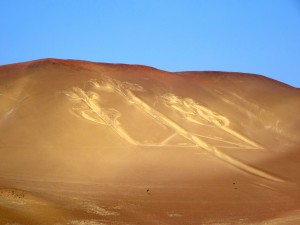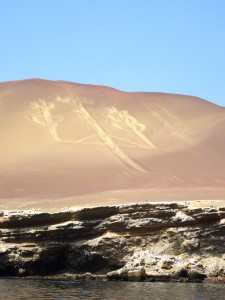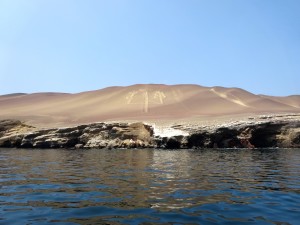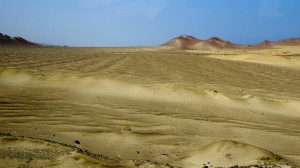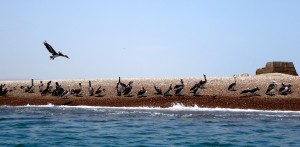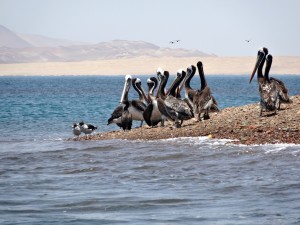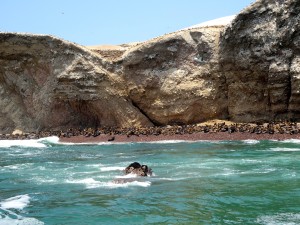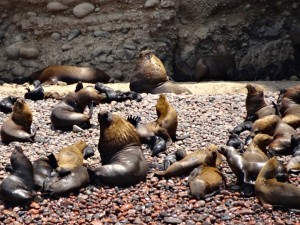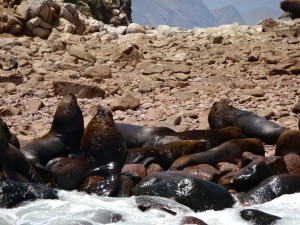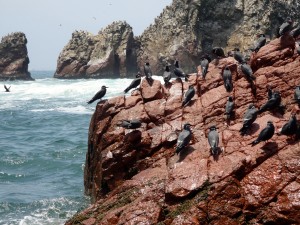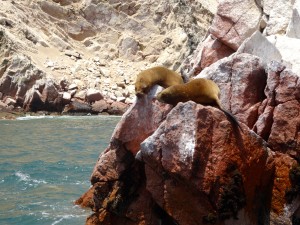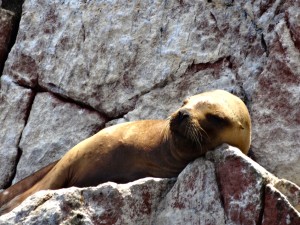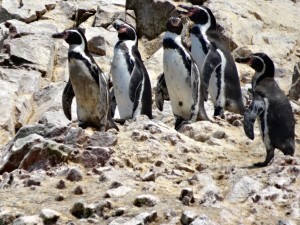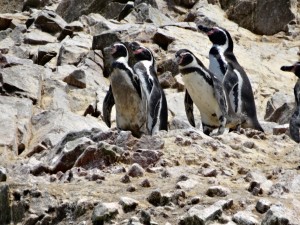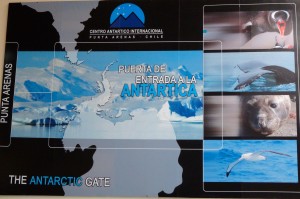
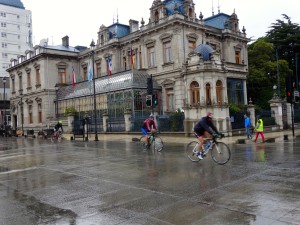
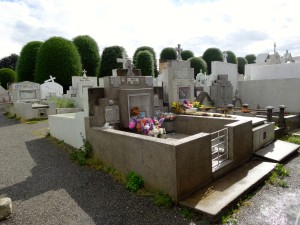
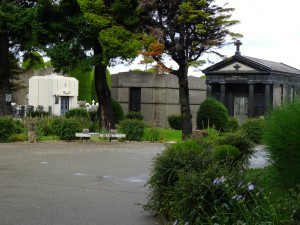
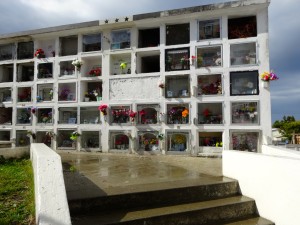
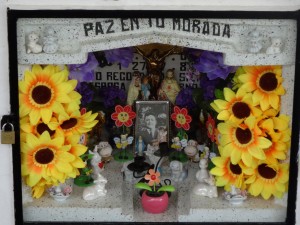
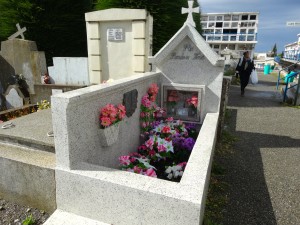
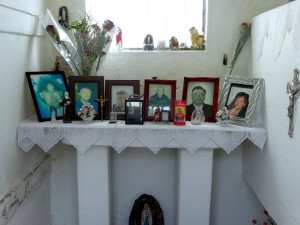








The town is rustic and natural, but many of the homes are painted in pastel colors in order to brighten things a bit. In winter the temps are well below zero and the sun rises only briefly. The towering mountains surrounding this city rise to an altitude of 6,500 feet from sea level quite dramatically. The city is very clean and crisp.
Now back to the horseback ride. It began with a steep climb along a narrow path to what was a great vantage point for panoramic photos. The shots taken (see below) show the harbor town and the surrounding majestic mountain peaks, as well as the pitch of the slope. Unfortunately for one rider in our group (who was a very experienced equestrian) it ended shortly after those majestic views. He was one rider ahead of me when his horse became spooked. The horse jerked unexpectedly throwing the rider off. It happened so quickly that I had difficulty processing it for a moment. He flew up in the air and dropped like an anchor to the ground. His body at first appeared lifeless. Another rider, who had prior experience as a medic came to his aid. As it turns out the unlucky rider suffered a minor concussion, some neck trauma, and a severely broken wrist. His hand swelled almost instantly to the size of a small balloon. On a selfish note, needless to say, it was a major buzzkill. I held on much tighter after that. I also decided that this would most likely be my last ride on a horse. So in this city, the southernmost on earth, a few firsts and lasts for me took place. See pics below.

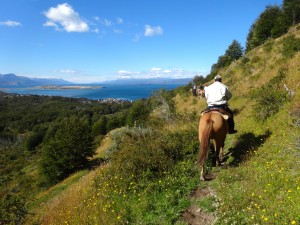
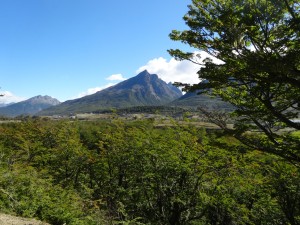
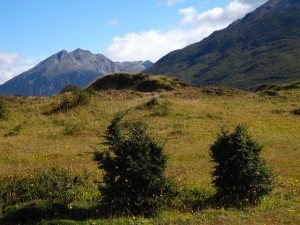
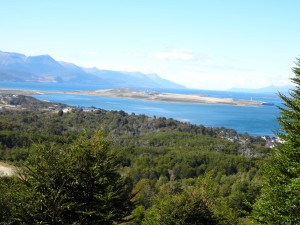
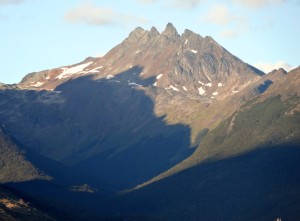
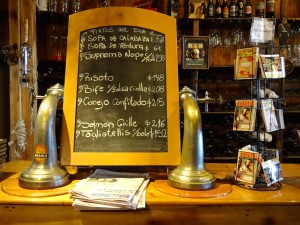
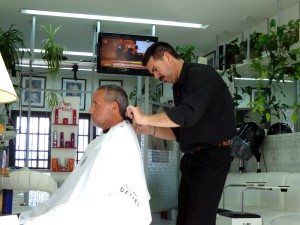
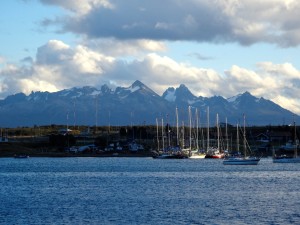
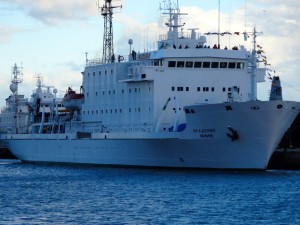
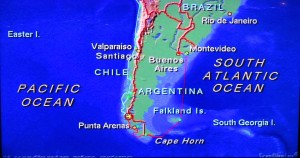

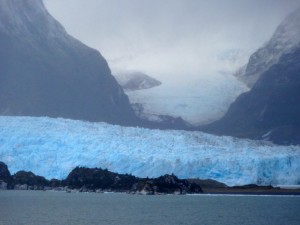
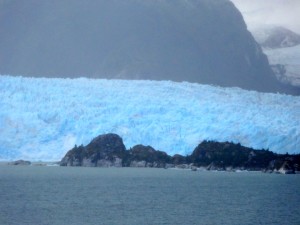
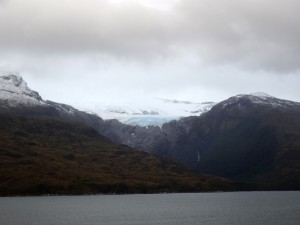
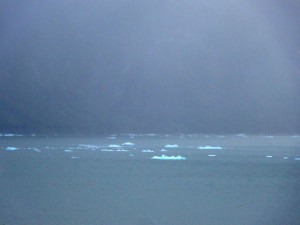
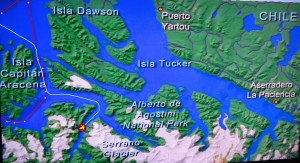
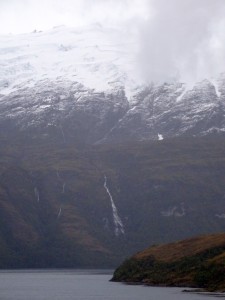


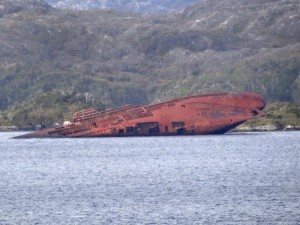

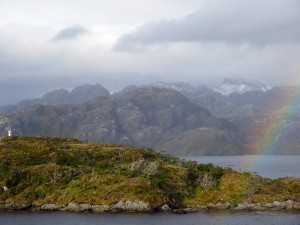
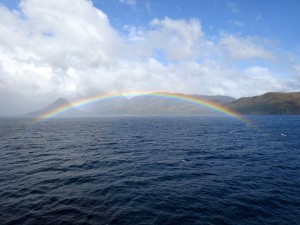

The tiny port village is called Chacabuco and is ringed by snowcapped mountains. Being this at an extreme southern latitude on the planet, snow falls almost all year long. You’ll notice the fresh snow in many of the pics attached.
Patagonian ice sheets plunge to the sea and that area provided me the opportunity to see the Giant Condor (although not lucky enough to get a pic). This bird is endangered.
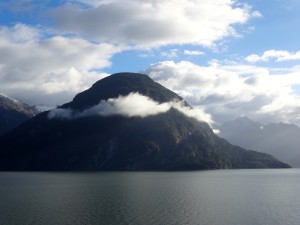
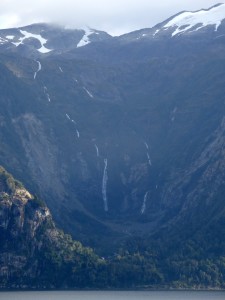
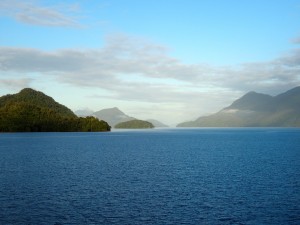

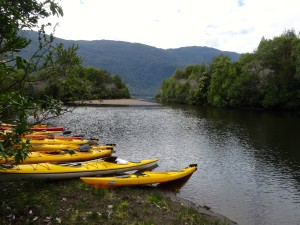
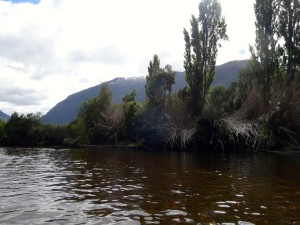
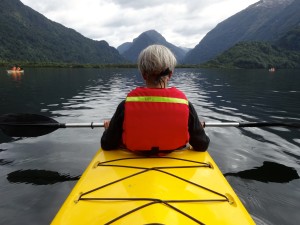
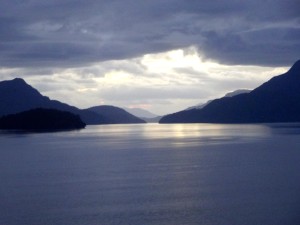
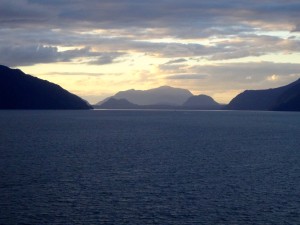
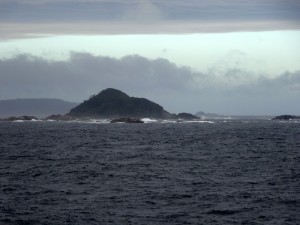
The Lake District has many rivers as well. The one we were rafting on is called the Petrohue. Since it is now the end of summer here the river was running low. Consequently, the rapids were in the 3-4 category. Earlier in the beginning of summer they range in the 4-5 category. The 3-4 were perfect. Only one dude in our raft was ejected and had to be pulled back in.
This region is named for its 12 biggest glacially carve lakes. There are dozens of smaller ones as well. Stream fishing is awesome here.
Since I was unable to have my camera in my hands while rafting (because of the paddle) I missed some very amazing photo opportunities. That was the only bummer of this incredible experience.
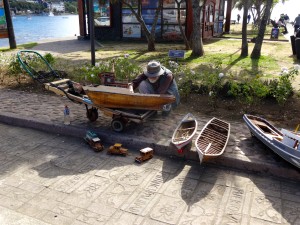
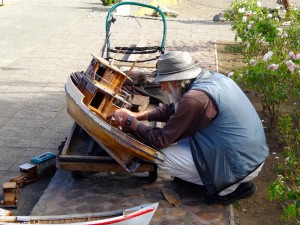
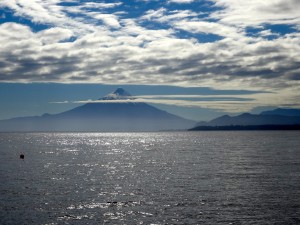
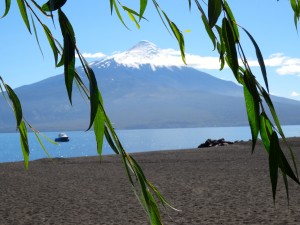

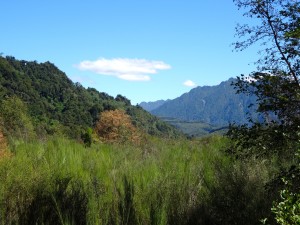

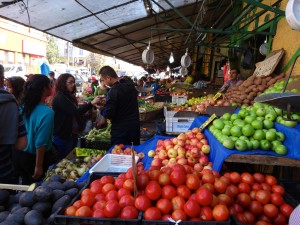
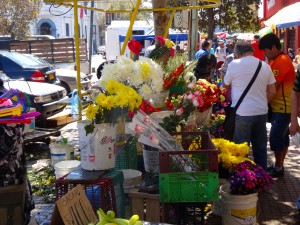
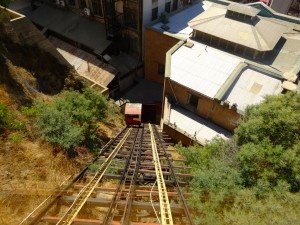
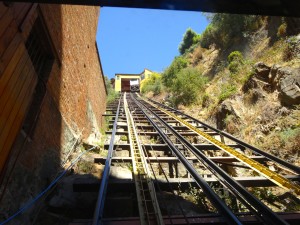
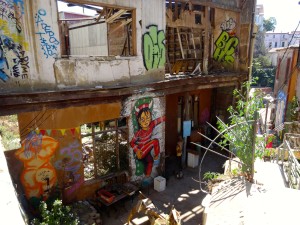
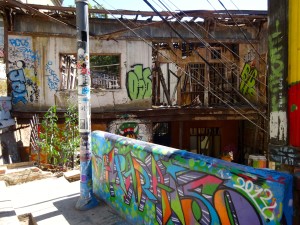


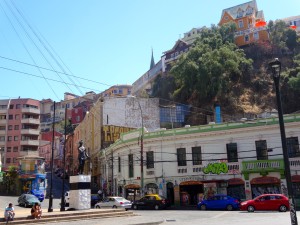
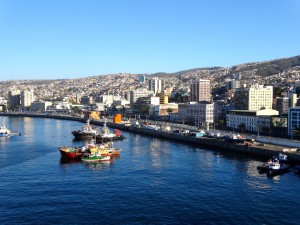
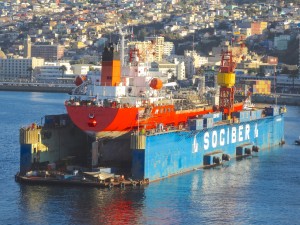
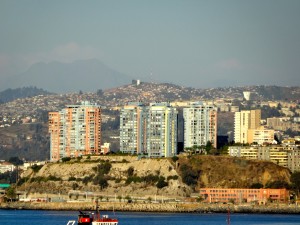
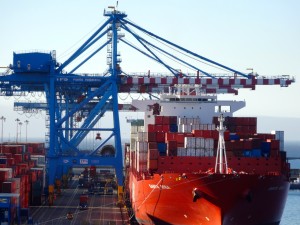
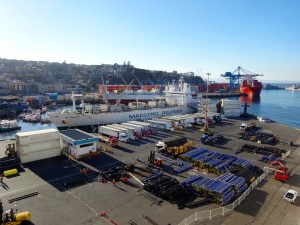
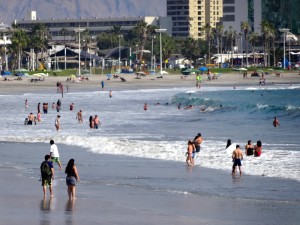
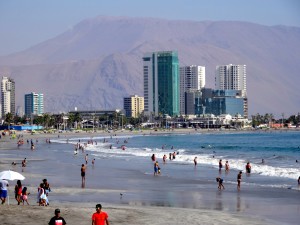
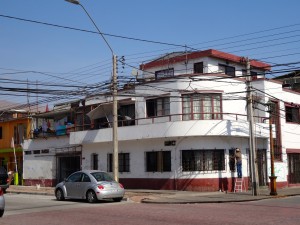
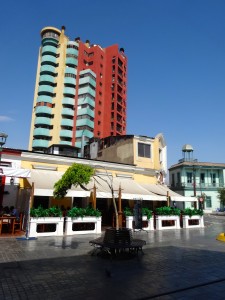
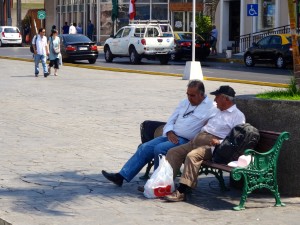
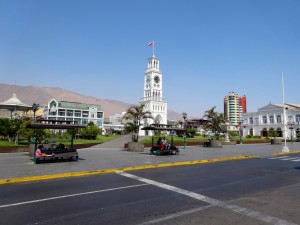
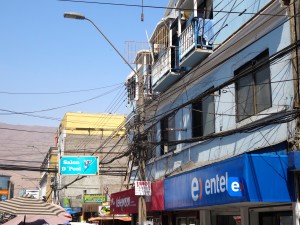
Archeologists have found pottery nearby which has been carbon dated to 200 BC and part of the Paracas Culture. Its purpose and symbology are in doubt, however one theory is that is was dug as a marker of some sort. Some archeologists say it is merely a trident. It was discovered in 1860. There is also a theory that it is related to a similar symbol found in California’s Cleveland National Forest. The archeologist associates the two candelabras in this way: The ancient inhabitants of Peru voyaged to California to collect Jimson Weed and other hallucinatory drugs. The archeologist believes the symbol resembles the Jimson Weed itself and served as a navigational aid. Hallucinatory drugs were widely used by these peoples in ceremonies and rituals. Please note that the hallucinagens were not used as navigational aids, just the symbol of course.
